If you work with live performances of any kind (e.g. nightclubs, DJing, etc.), you will eventually need a few things related to speakers. You need a good amp, at least some basic working knowledge of soundboards, and a quality subwoofer.
If you don’t want to invest the time and energy to become a bona fide expert, that’s ok. I can help you learn the basics about subwoofers and show you a handful of the best options. Personally, I favor less-expensive all-around devices like the JBL SRX828SP and the Electro-Voice SB122, but we’ll get into that more later.
-
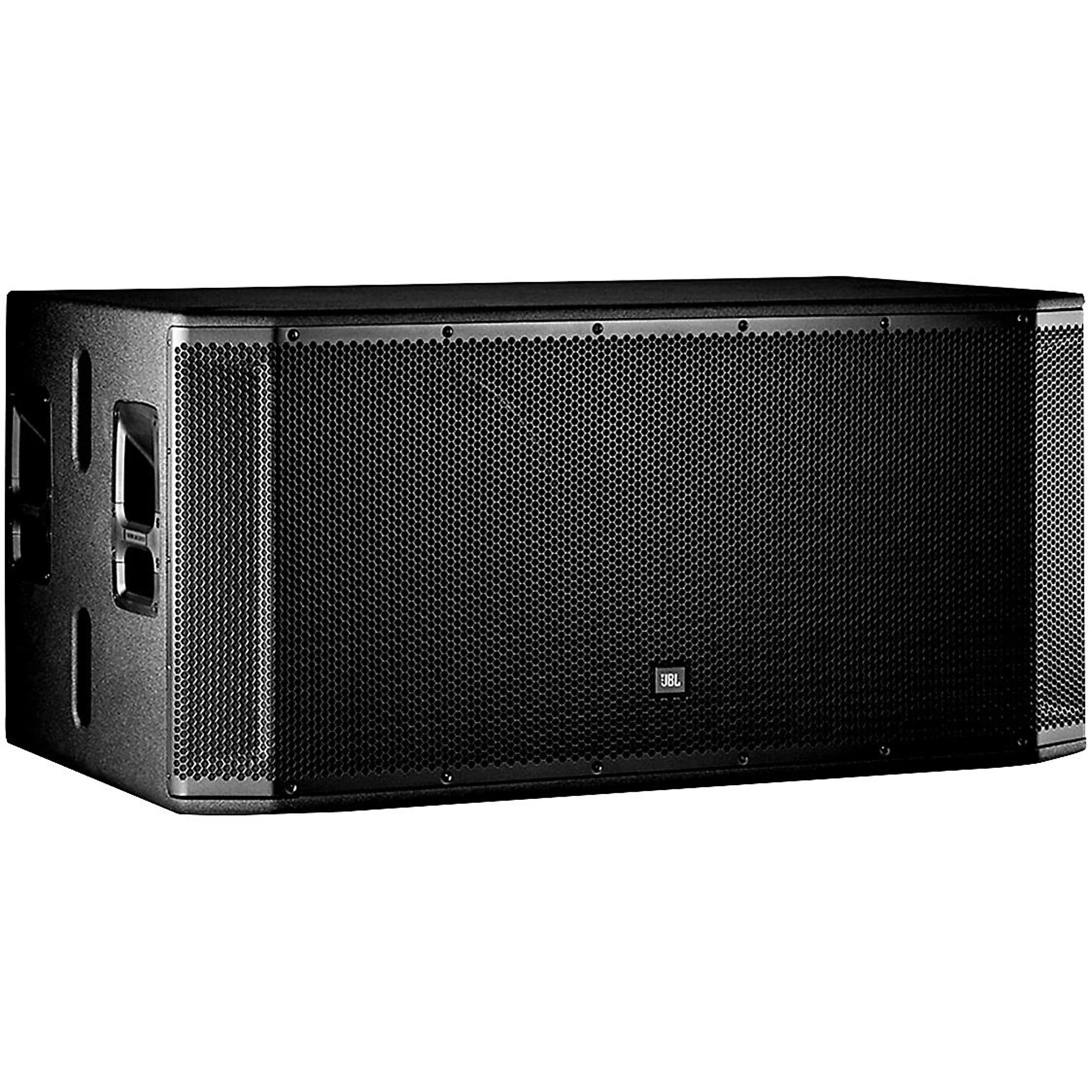 Check on Musician's Friend Check on eBay
Check on Musician's Friend Check on eBayThis dual 18" powered subwoofer has the full range of integration features you want for diversity, including crossover support, dynamic limiting, component optimization and integrated stereo pass thru.
-
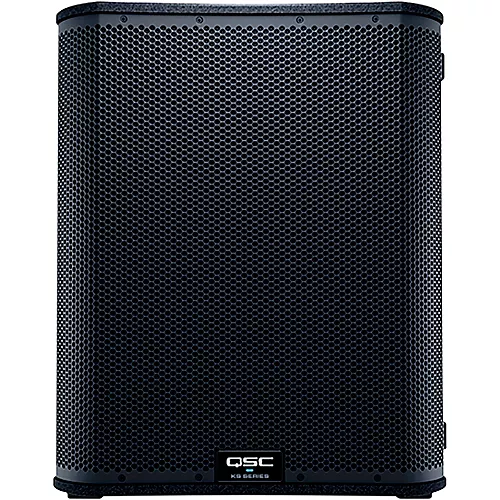 Check on Musician's Friend Check on eBay
Check on Musician's Friend Check on eBayAbility to produce crispy, tight bass sounds even when it’s cranked up to its loudest capacity. In a live band setting, the built-in small folded horn makes a difference.
-
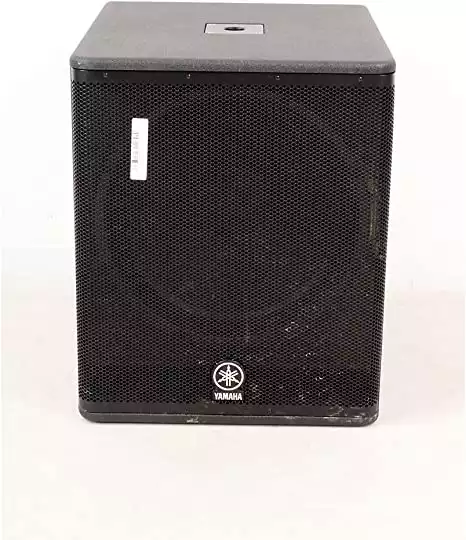 Check on Amazon Check on eBay
Check on Amazon Check on eBayThe added size makes them even better for stacking equipment and opens up additional stage arrangements.
-
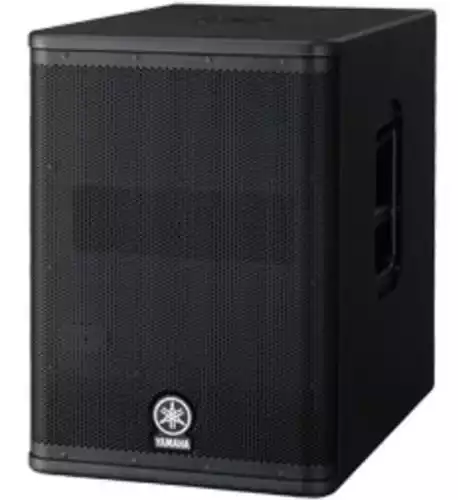 $949.99Check on Amazon Check on Musician's Friend
$949.99Check on Amazon Check on Musician's FriendOne of the easiest subs to set up, with plenty of pre-mixed options.
03/07/2024 08:24 pm GMT -

$999.00$694.99Check on Amazon Check on Musician's FriendCan hit bigger ranges than other subs of its size.
03/08/2024 01:15 pm GMT -
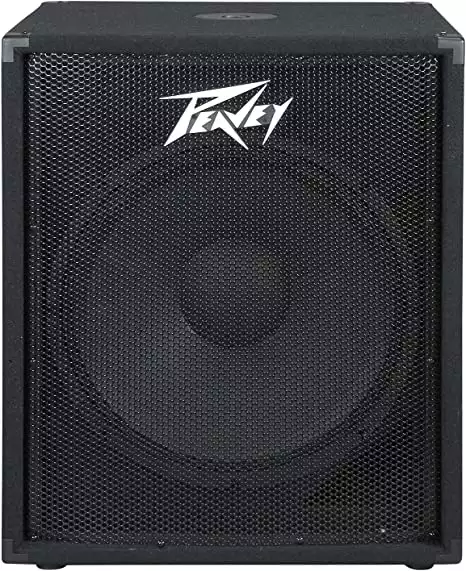 $450.48Check on Amazon Check on Musician's Friend
$450.48Check on Amazon Check on Musician's FriendDesign is well-planned and has no negative impact on the quality of sound.
03/08/2024 07:35 pm GMT -
-
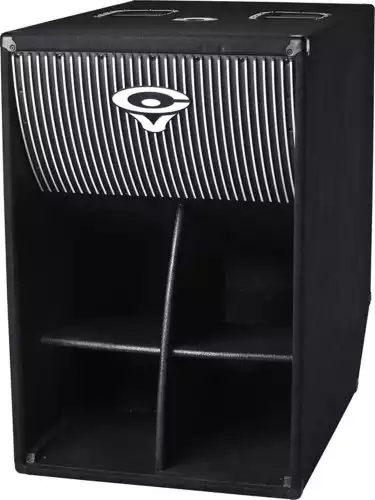 Check on Amazon Check on eBay
Check on Amazon Check on eBayUtilizes an array of inputs, so you can work into virtually any configuration.
I’m a veteran musician who has played too many gigs in too many places to count, so I’ve definitely tied considerable personal experience to the selection process. Eventually, I came up with a handful of powered and passive subs that were clear frontrunners, and those are what I am presenting to you today.
The Best PA Subwoofers
At long last, we’ve come to the crux of it all. The subs are split into two categories: active and passive. Each is topped by a best overall choice and followed by a few excellent runners-up.
Active Subs:
My Top Pick: JBL SRX828SP
This dual 18" powered subwoofer has the full range of integration features you want for diversity, including crossover support, dynamic limiting, component optimization and integrated stereo pass thru.
JBL topped the list with a powerful, all-around sub. This woofer can hit 141 dB and is rated for 2000 W, 1500W continuous (750W x 2).

Credit: HARMAN
It has the full range of integration features you want for diversity, including crossover support, dynamic limiting, component optimization and integrated stereo pass-thru. That makes it a great choice as a single sub or incorporated into a larger system.
At 145 lbs. and 18 inches, it is a beast, but still possible easy to throw on a dolly and use as a portable sub for most gigs at 26.79” x 47.42” x 22.57” (681mm x 1205mm x 574mm). In more permanent settings, it still holds its own, and until venues start packing multiple thousands, you likely won’t need additional bass.
This isn’t a perfect subwoofer, though. As it sits at a lower price point for professional equipment, one of the major drawbacks is the frequency response. Rated at 29 Hz to 150 Hz, it has a smaller range than more advanced competitors.
That said, it still covers the bass ranges well, and you can’t do significantly better without at least doubling the price.
QSC KS118
Ability to produce crispy, tight bass sounds even when it’s cranked up to its loudest capacity. In a live band setting, the built-in small folded horn makes a difference.
QSC made a masterpiece with the KS118. This 3600 W class D sub is truly a tool for professional work. It hits 136 dB, and it has a response range from 35 Hz to 111 kHz.
Advanced signal processing lets it work with a greater range of sound than any other sub outside of a professional sound studio, and it connects easily into standard sound boards and audio systems.
What really makes the KS118 excel is its ability to produce crispy, tight bass sounds even when it’s cranked up to its loudest capacity. Of course, it can bump and move air too, but the variability of bass sounds is exceptional.
On the negative side, this is an expensive piece of equipment. While it’s possible to spend more, many musicians and venues can actually get by with even less than the KS118.
If you love having top quality just for the sake of it, then this is a great option, but if you are more budget oriented, you can save a few hundred dollars and still get good enough performance from the other options on this list.
Yamaha DSR118W
The added size makes them even better for stacking equipment and opens up additional stage arrangements.
Yamaha’s entry has a wonderful unique technology. Their patented DSP is excellent for maintaining integrity even when you push the sub to its limit, and it protects both the amp and the speaker by optimizing signal processing.

Credit: Yamaha Corporation
The DSR118W is priced right and it’s still a value buy. It has a frequency range from 40 Hz to 130 Hz, and it uses an 800 W amp. It weighs a little more than some of the other entries on the list, but it is still in a portable box and can be wheeled into place.
More importantly, the added size makes them even better for stacking equipment and opens up additional stage arrangements. The 5-year warranty adds credence to the notion that this is a tough amp that can handle the rough life of a musician or DJ.
Yamaha DXS12
One of the easiest subs to set up, with plenty of pre-mixed options.
You can think of this as the little brother to the DSR118W. With a lower price, it’s an enticing way to save money, but there are some trades that are made in the process.

Credit: Yamaha Corporation
The industry-leading DSP is swapped for less advanced but still effective signal processing. The frequency response is a little higher, ranging from 47 Hz to 160 Hz, and it uses a 600 W continuous amp.
All that said, it still hits impressive low sounds, and it can reach 131 dB. It’s also a clean 20 lbs. lighter, so it’s a much more enticing option for those of you who need portable equipment.
It’s also one of the easiest subs to set up, with plenty of pre-mixed options. If you regularly find yourself short on time, manpower or even experience, this might be the best sub on the market.
The downsides to the DXS12 are straightforward. It has less power and is smaller than the other subs on the list, so it’s overall output capacity is limited. In spite of that, it still packs an impressive punch, so unless you absolutely need the advanced features on the other subs, this is probably the better choice.
Passive Subs:
Electro-Voice SB122
Fits nicely into a wide range of sound systems.
Electro-Voice kicks us off with the SB122. For a passive sub, it has incredible utility and an impressive performance range, all in a good value package.

Credit: Electro-Voice
It can hit 134 dB with a response range from 43 Hz to 200 Hz. It also works fine in parallel, letting you save on needing extra amps, and it works fine biamped as well. It is power rated for 400 W continuous and 1600 W peak, so it fits nicely into a wide range of sound systems.
Perhaps the most impressive part of the SB122 is it’s size. It’s a scant 33 lbs. In a 12-inch box. If it weren’t for first-hand experience, I would probably doubt that this little guy can produce as much sound as it does.
It’s strength is a bit of a two-edged sword, though. The small size does limit the upper capacity of this sub, and while it’s sound is wholly impressive for the size, larger venues and events might need an upgrade. Even so, you won’t find a better value for your dollar anywhere.
Peavey PV 118
Design is well-planned and has no negative impact on the quality of sound.
Peavey’s PV 118 does a lot of things right. A frequency response from 38 Hz to 500 Hz gives it almost too much range. It can run in parallel, and the 150 Hz low pass crossover is wonderful for opening up configurations.

Credit: Peavey Electronics
Perhaps the greatest strength of this sub is its, well, strength. The steel reinforcement enables it to take a veritable beating, but the design is well-planned and has no negative impact on the quality of sound.
When you consider this powerful and versatile package’s low price, you might find your eyebrows raise in question. Yes, it really is that cheap, and it still sounds great.
Then again, you know you have to sacrifice something to get such a low price point, and you’re right to think so. In this case, you’re giving up maximum output. The PV 118 is rated from 400 W continuous and 800 W peak, and it only hits 118 dB.
This makes it the king of smaller venues, but it will need assistance to fill a space with sound sooner than anything else on this list of subs.
Cerwin-Vega EL-36C
Utilizes an array of inputs, so you can work into virtually any configuration.
Cerwin-Vega produced a monster with the EL-36C. It’s a big sub that makes big sound. It utilizes a unique acoustic sound that successfully mimics the sound effects of larger, 36-inch woofers.

Credit: CERWIN VEGA
It also manages large amounts of power to get the job done. It’s rated for amps from 750 W to 1000 W at 8 Ohms, and it can handle 2000 W peaks.
It utilizes an array of inputs, so you can work into virtually any configuration. It can also hit pitches from 35 Hz to 350 Hz, and fill a venue with powerful sound throughout.
Once again, we find ourselves with a sub that’s greatest strength is also its weakness. This is a big device, and it’s 160 lb. weight is downright cumbersome.
It is not the ideal choice for mobile work, but in a static venue, it’s probably worth the manpower necessary to get it set, because it can handle the work of two smaller subs, and it is built to last.
Electro-Voice ELX118
Can hit bigger ranges than other subs of its size.

Credit: Electro-Voice
The final sub we’re going to discuss today is the ELX118. Similar to the SB122 in many respects, this is a small, more affordable option.
It’s still fairly compact, weighing 70 lbs., but it can hit bigger ranges than other subs of its size. It has a range from 35 Hz to 200 Hz and comfortably maxes at 134 dB. It’s rated for 400 W with a peak at 1600 W. It’s also made for easy integration, making good use of 35mm pole sockets.
While I haven’t experienced it personally, in my research I did come across a flaw that needs mentioning. Many users have complained that the finish is not very tough and prone to scratching and wear.
The sub is backed by a five-year warranty, but that doesn’t cover the complaints I’ve seen come up in reviews. It’s not an issue that is likely to affect sound, but no one wants to see their precious equipment damaged prematurely, so take a little extra care if you go this route.
Selection Criteria
So you want to know how to get more power out of a subwoofer on stage? When it comes to ranking subwoofers, basic power and sound output are obviously important, but you’ll also have to consider issues that are less obvious to the uninitiated. These pointers can help you find the best equipment determine what size stage subwoofer you need, even if you don’t take one of my recommendations.
Active vs Passive
In any sound system, you have to decide if you want to use active or passive speakers, and this applies to subwoofers as well. The basic difference is simple: active subs have their own built-in amps. Passive subs will need to tie to an external amp.
There are tradeoffs no matter which route you take, so here are some of the basics. First, active speakers usually cost more because of the additional amp. Second, they are more self-sufficient and can be run without a sound board.
Passive speakers can save money by tying multiple components to a single amp, but it requires some design knowledge. They’re also usually better for meticulously designed arrangements, and they tend to shine as static systems for a venue.
There’s a lot more than can be covered here, so if you want to learn more, I recommend starting here.
Matching Needs: How to Hook Up a Live Stage Subwoofer for Maximum Sound
The other stats and considerations really will depend on what you plan to do with the sub. If you play bass in a band, your needs are different than if you run an open mic night at a bar.
The big things to think about are portability (if you need it), frequency range, total decibel (dB) output, power in Watts (W) and integration support.
Do you need to run speakers in parallel? How about crossover units or pass filters? If you’re just getting started, I recommend looking at the active or powered subs because they’re easier to use.
For the veterans out there, signal processing and filtering were major considerations in building this list. For anyone looking to learn more about the basics of setting up sound systems, this video is pretty good:
This dual 18" powered subwoofer has the full range of integration features you want for diversity, including crossover support, dynamic limiting, component optimization and integrated stereo pass thru.
Ability to produce crispy, tight bass sounds even when it’s cranked up to its loudest capacity. In a live band setting, the built-in small folded horn makes a difference.
The added size makes them even better for stacking equipment and opens up additional stage arrangements.
One of the easiest subs to set up, with plenty of pre-mixed options.
Can hit bigger ranges than other subs of its size.
Design is well-planned and has no negative impact on the quality of sound.
Fits nicely into a wide range of sound systems.
Utilizes an array of inputs, so you can work into virtually any configuration.

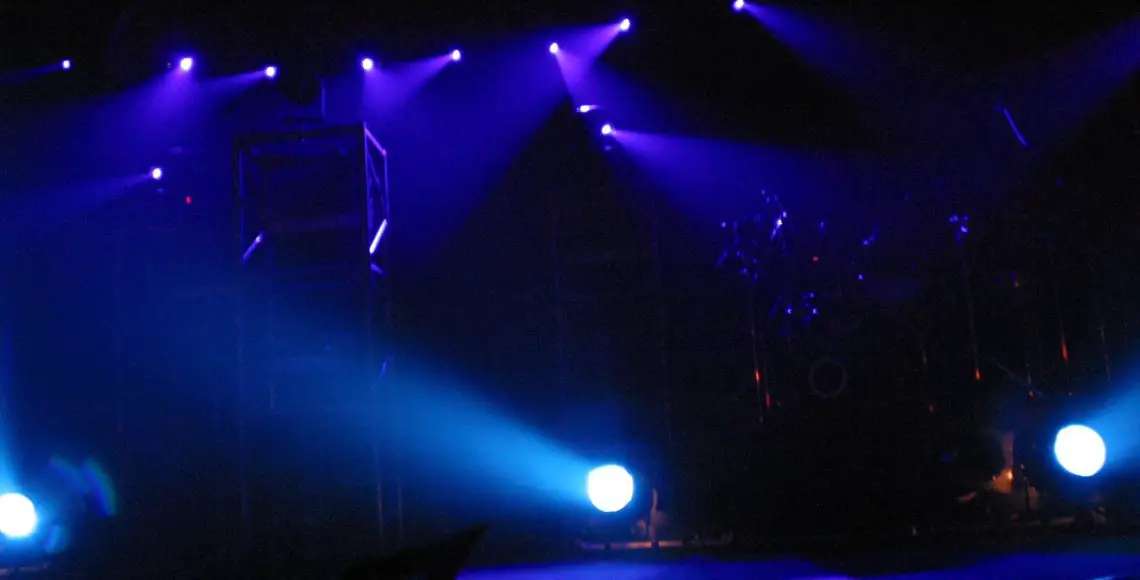
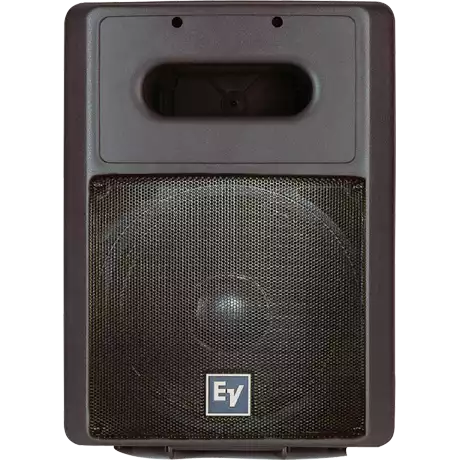



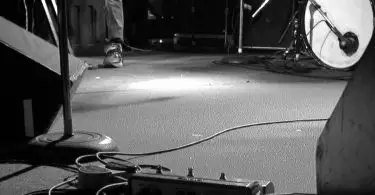

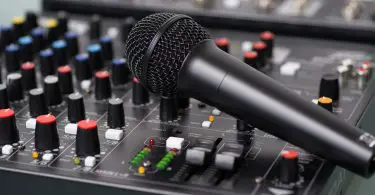
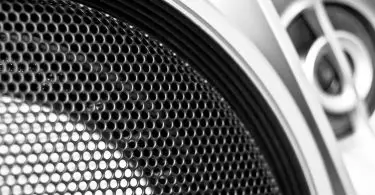
Start the discussion at talk.hearthemusicplay.com